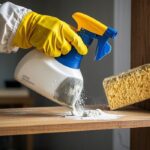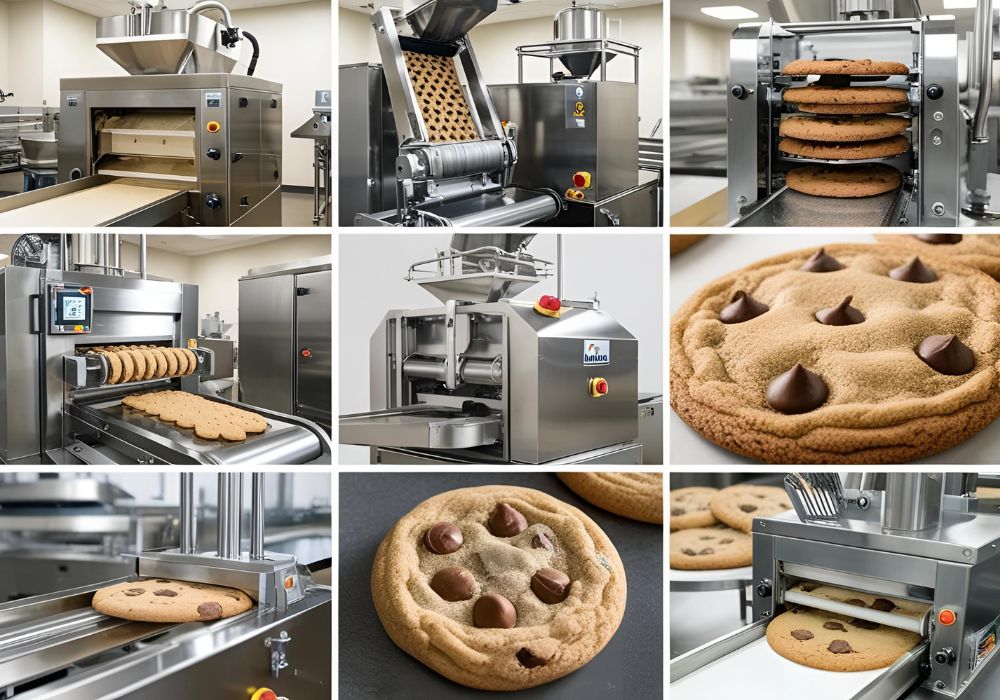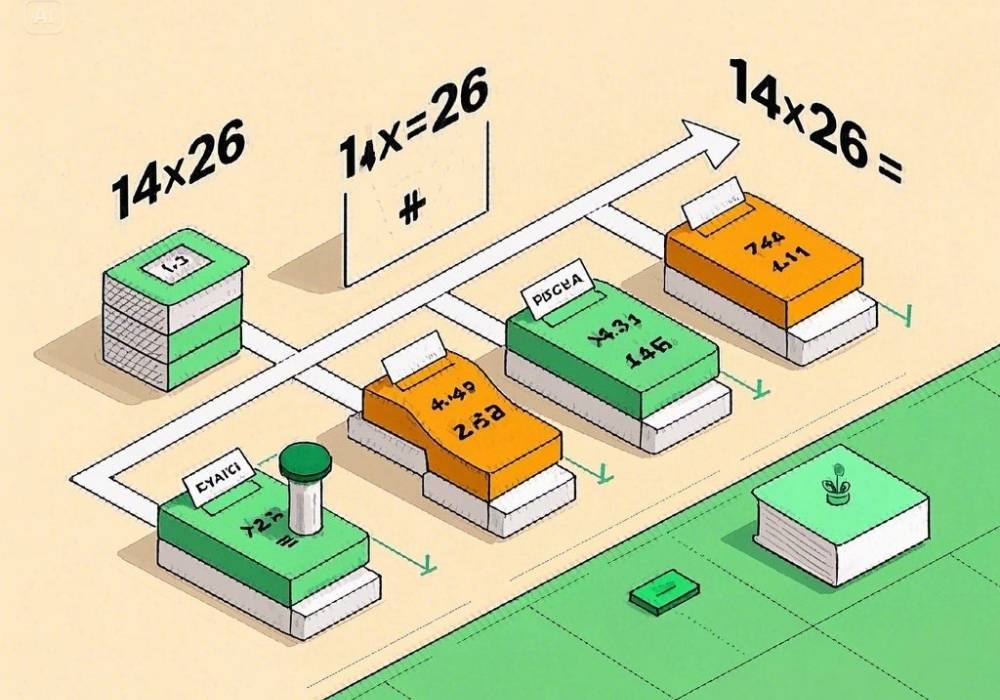For bakers, bakery owners, and food manufacturers, efficiency and precision are key to success. Cookie machines are essential tools that can streamline production while maintaining consistent quality. But have you ever wondered what goes into making these indispensable machines? Understanding the materials and components used can help you make informed decisions when investing in a new cookie machine or maintaining an existing one.
This blog dives into the materials, components, and engineering principles behind cookie machines to help you better understand how they function and what makes them reliable.
Why Understanding Cookie Machines Matters
Whether you run a small bakery or a large-scale food production facility, knowing how cookie machines are made and what they’re made of can help you:
- Select the right machine for your needs
- Ensure proper machine maintenance
- Extend the lifespan of your equipment
- Improve the safety and quality of your baked goods
From durable metals to intricate electrical components, let’s break down what makes cookie machines tick.
Materials Used in Cookie Machines
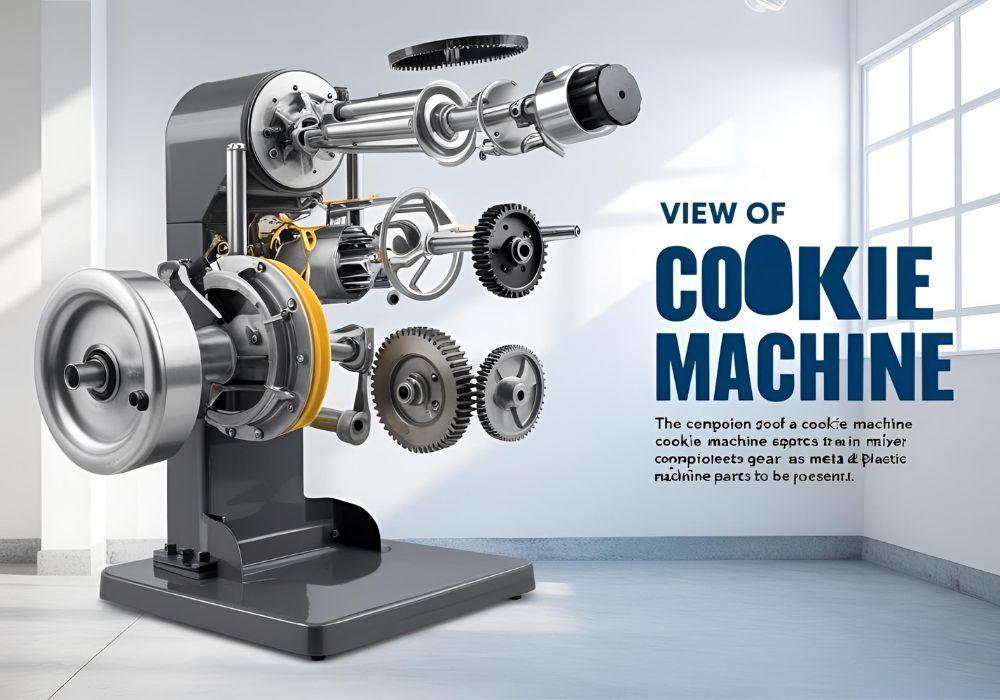
The key to any good cookie machine lies in the durability and safety of its materials. After all, they handle food products, so every part must meet industry standards for hygiene and performance.
1. Food-Grade Stainless Steel
The star of cookie machine manufacturing is food-grade stainless steel. This material is used for the following reasons:
- Durability: Stainless steel can withstand extensive use without corroding.
- Hygiene: It resists moisture and bacteria, ensuring the machine remains safe for food production.
- Ease of Cleaning: The smooth surface makes it easy to clean and maintain.
Stainless steel is widely used in various components, from the machine’s exterior housing to the mixing chambers and cookie molds. For bakery owners, this ensures compliance with food safety regulations and guarantees the machine’s long life.
2. Plastics and Polymers
While stainless steel dominates, plastics and polymers are also essential in cookie machines. These materials are commonly found in components like seals, gears, and control panels due to their lightweight and durable properties. High-performance plastics such as polycarbonate and nylon are often used for:
- Non-stick surfaces for dough
- Flexible seals to maintain machine efficiency
- Easy-to-use digital touchscreens
These materials balance functionality with ease of use while keeping the machine lightweight and user-friendly.
3. Aluminum Alloy
Aluminum is another material frequently used in cookie machine components, especially smaller parts like conveyor belts or mixing tools. It’s favored for its:
- Lightweight nature
- Thermal conductivity to prevent dough overheating
- Resistance to corrosion
Aluminum’s combination of functionality and affordability makes it an ideal material for parts that don’t come into direct contact with food.
4. Silicone
Food-safe silicone is often used for molds, seals, and gaskets in cookie machines. Its flexibility, heat resistance, and food-grade compatibility make it an excellent choice for shaping cookies or sealing various machine sections against leaks.
Mechanical Components of Cookie Machines
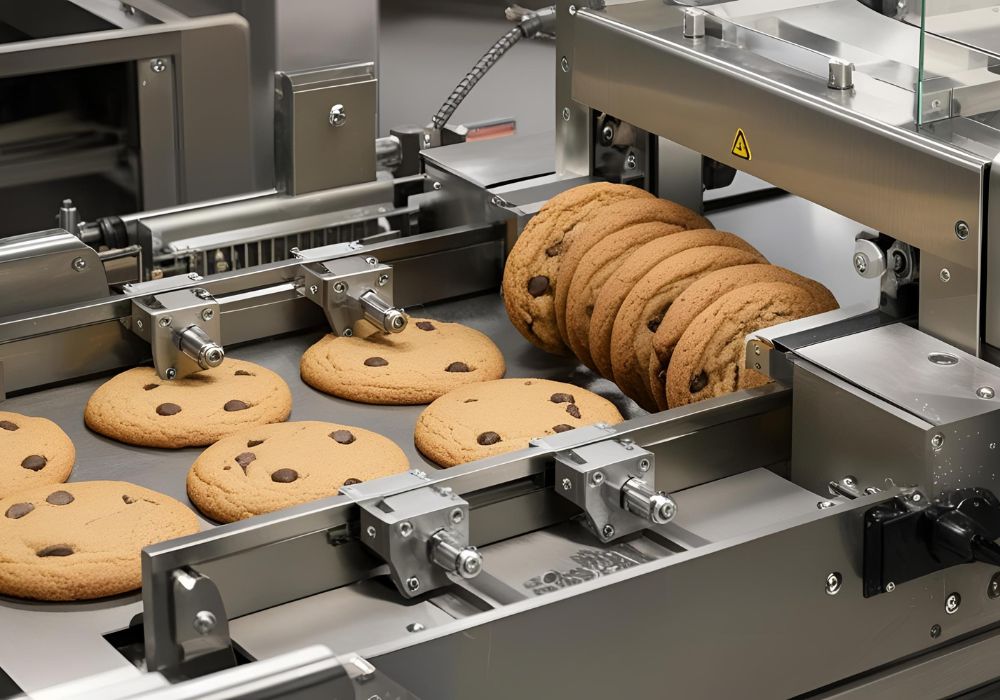
Aside from the materials, cookie machines rely on various mechanical components to function effectively. Here’s an inside look at what makes these machines work:
1. Mixing Mechanisms
At the heart of many cookie machines is the mixing mechanism, which combines ingredients evenly to produce consistent dough. Common features include:
- Spiral mixers for gentle but thorough mixing
- Pneumatic arms to move dough efficiently
- Adjustable speed settings to accommodate different types of dough
2. Extruders and Depositors
Cookie extrusion is a vital process in cookie machines. Extruders and depositors push dough through molds to create specific shapes and sizes. Key components include:
- Nozzles and molds to form custom shapes
- Adjustable settings to control the amount of dough per cookie
- Automated sensors to ensure uniformity across batches
3. Conveyor Belts
Conveyor belts transfer dough or shaped cookies from one part of the machine to the next. They use stainless steel mesh or food-grade rubber for gripping and durability. Features often include:
- Variable speed controls for precision
- Non-stick surfaces to prevent dough malfunctions
- UV sterilization options for enhanced food safety
4. Heating and Cooling Systems
Some cookie machines include built-in ovens or cooling zones for partial baking or setting. These systems rely on:
- Heating rods made of high-performance alloys
- Fans and ventilators to evenly distribute heat or cool air
- Insulated panels to conserve energy and maintain consistent temperature
Both heating and cooling systems are designed to ensure that cookies are baked or shaped to perfection without manual intervention.
5. Cutting and Shaping Blades
Precision cutting and shaping blades are crucial for cookies with intricate design requirements. Made from hardened stainless steel or titanium, these blades provide:
- Precise cutting for intricate designs
- Long-lasting performance with minimal wear
- Easy maintenance through self-sharpening technology
Electrical and Software Components
With automated features becoming increasingly common, cookie machines also include advanced electrical and software components to enhance functionality.
1. Motors
High-efficiency electric motors power the machine’s moving parts, such as mixers, extruders, and conveyor belts. These motors are designed for:
- Long hours of operation
- Energy efficiency to reduce operational costs
- Minimal vibration to maintain precision
2. Control Panels
Many cookie machines now feature intuitive control panels with digital displays. These allow users to:
- Set cookie sizes, shapes, and patterns
- Adjust speed and temperature
- Monitor machine performance in real-time
Touchscreens are often made of shatter-resistant glass or high-durability plastics for easy use and extended lifespan.
3. Sensors and Automation Features
Modern cookie machines have sensors and automation tools that make production seamless. These may include:
- Dough consistency sensors
- Optical sensors to check cookie dimensions
- Automated shutdown systems to prevent overheating or malfunctions
Automation improves efficiency and reduces human error, ensuring better product quality.
What Should You Look for in a Cookie Machine?
When shopping for a cookie machine, there are a few key factors to consider:
- Material Quality: Ensure the machine is primarily made of food-grade stainless steel for safety and durability.
- Customization Options: Look for machines with versatile molds and adjustable settings.
- Ease of Cleaning: A good cookie machine with detachable parts and non-stick surfaces should be easy to maintain.
- Energy Efficiency: Features like insulated panels and energy-efficient motors can save your bakery significant costs in the long run.
- Automation: Machines with built-in sensors and digital control panels can enhance productivity and minimize errors.
Buying a cookie machine isn’t just an investment; it’s a step toward scaling your production and delivering consistent, high-quality baked goods.
Take Your Baking to the Next Level
Cookie machines are marvels of modern engineering. They combine durable materials with cutting-edge technology to meet the demands of bakers and food manufacturers. By understanding their construction and functionality, you can make a more informed investment in your baking business.
Are you looking for high-performance cookie machines or other bakery equipment? Contact us today for expert recommendations and tailored solutions. With the right tools, the possibilities for your bakery are endless!






